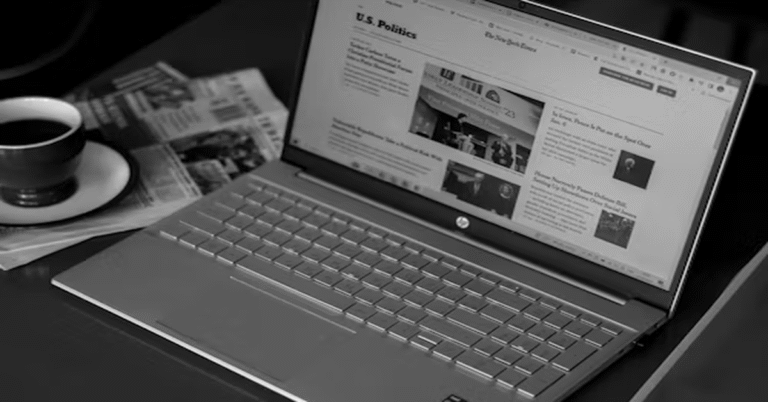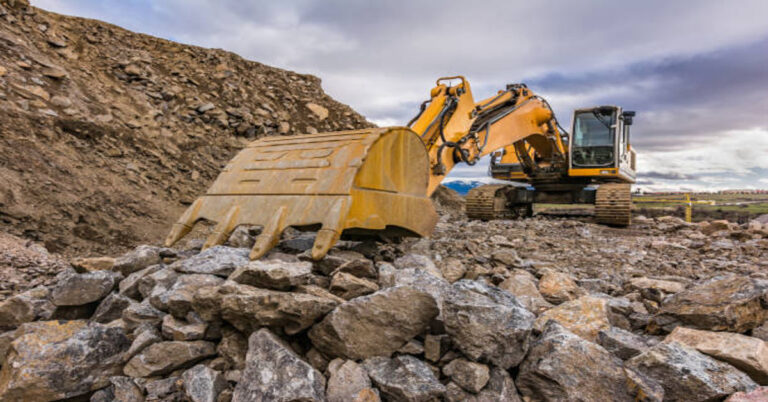
The term “Mongibello Etna” holds a special place in both geographical and cultural discussions surrounding Sicily. It refers not only to Mount Etna, Europe’s tallest and most active volcano, but also to the intricate relationship between the mountain and the people who live around it. “Mongibello” is an ancient name that has been tied to Etna for centuries, and it embodies the awe, fear, reverence, and admiration Sicilian communities have for this extraordinary mountain.
Mount Etna dominates the eastern landscape of Sicily, rising to more than 3,300 meters depending on recent eruptions and summit collapses. It is a UNESCO World Heritage site and one of the world’s most studied volcanoes due to its continuous activity. Yet Mongibello Etna is more than a volcano—it is a cultural symbol, an economic resource, a mythological landmark, and the source of world-renowned wines grown in its fertile volcanic soil.
This article explores Mongibello Etna in its many dimensions: its geological origins, cultural history, mythological background, economic contributions, and the continuing influence it has on both locals and visitors from around the globe.
The Origin of the Name “Mongibello”
The name Mongibello is linguistically fascinating. It originates from a fusion of two words:
- “Mons” (Latin), meaning mountain.
- “Jebel” (Arabic), also meaning mountain.
When combined, “Mongibello” essentially means “Mountain Mountain.” The redundancy may sound unusual today, but it reflects the cultural layering of Sicily’s history. The island has been influenced by Romans, Arabs, Normans, and Greeks, and the naming of Etna as “Mongibello” shows how different civilizations merged linguistic traditions to describe the same awe-inspiring natural structure.
Today, while “Etna” is more widely used internationally, Sicilians still cherish “Mongibello” as a local and poetic reference to their iconic volcano.
Geological Overview of Etna
Mount Etna, or Mongibello Etna, is a stratovolcano, built up over hundreds of thousands of years by layers of hardened lava, tephra, pumice, and volcanic ash. It is one of the most active volcanoes in the world, erupting frequently with varying intensity.
| Feature | Detail |
|---|---|
| Height | Approximately 3,329 meters, fluctuates after eruptions |
| Location | Eastern Sicily, overlooking Catania |
| Volcano Type | Stratovolcano |
| Eruption Frequency | Several times per year |
| Lava Type | Basaltic, highly fluid, capable of traveling long distances |
| UNESCO Status | World Heritage Site since 2013 |
Etna’s continuous activity has created a unique environment. Its lava flows reshape the landscape while enriching soil with minerals, making it highly fertile and perfect for agriculture.
Historical Eruptions and Their Impact
Mongibello Etna has erupted countless times throughout recorded history, influencing human settlements and shaping Sicilian identity. Some notable eruptions include:
- 1669 Eruption
One of the most destructive eruptions in recorded history. Lava flows devastated villages and reached the city of Catania, partially destroying its walls. - 1928 Eruption
Destroyed the village of Mascali, highlighting the vulnerability of communities near the volcano. - 2001 and 2002–2003 Eruptions
Caused significant disruption to air travel and damaged ski facilities and villages on the slopes. - 2017 Eruption
Injured tourists and scientists after an explosive interaction between snow and lava caused steam explosions. - Recent Activity (2021–2022)
Etna produced dozens of paroxysmal eruptions with spectacular lava fountains, visible even from space.
The resilience of Sicilians in rebuilding after eruptions demonstrates their deep connection to Mongibello Etna.
Mongibello Etna in Mythology
Mount Etna has been a central figure in mythology for millennia.
- Greek Mythology: Etna was believed to be the forge of Hephaestus, the god of fire and blacksmithing. The giant Typhon, defeated by Zeus, was said to be trapped beneath the mountain, causing eruptions when he struggled.
- Roman Tradition: The Romans associated Etna with Vulcan, the god of fire. The flames and smoke were seen as evidence of his divine workshop.
- Local Legends: Folklore depicts the mountain as both a protective and destructive force, shaping moral and cultural lessons for generations.
These myths highlight how people interpreted the mountain’s unpredictable activity long before modern science explained volcanology.
The Cultural Symbolism of Mongibello Etna
Mongibello Etna is more than a volcano—it is a symbol of Sicilian identity. Its presence is felt in literature, art, music, and everyday conversation.
- Literature: Writers such as Virgil, Pindar, and later Italian authors described Etna’s eruptions in their works.
- Art: Paintings often depict Etna as a backdrop, symbolizing power and unpredictability.
- Music: Sicilian folk songs sometimes reference Mongibello as both a threat and a nurturing mother.
This duality—fear of destruction and appreciation for fertility—captures the essence of Mongibello’s place in Sicilian culture.
Economic Contributions of Mongibello Etna
Mount Etna’s influence on Sicily is not limited to symbolism; it is also a source of economic vitality.
Agriculture
Etna’s volcanic soil is rich in minerals, creating some of the most fertile farmland in Italy. Crops grown on its slopes include:
- Grapes (for Etna wines)
- Citrus fruits, especially lemons and oranges
- Olives
- Pistachios (especially from Bronte, world-famous for their quality)
Tourism
Millions of visitors come to Sicily each year to see Mongibello Etna. Activities include:
- Hiking to craters
- Skiing on Etna’s slopes in winter
- Lava cave exploration
- Guided tours of lava fields and historic eruption sites
Viticulture
Etna’s slopes are home to a thriving wine industry, producing unique wines that are highly regarded internationally.
Etna Wines: A Unique Expression of Mongibello
One of the most celebrated aspects of Mongibello Etna is its contribution to winemaking. The volcanic soil, combined with high elevation and varied microclimates, produces wines of extraordinary character.
| Wine Type | Grape Varieties | Characteristics |
|---|---|---|
| Etna Rosso | Primarily Nerello Mascalese with Nerello Cappuccio | Elegant, mineral-driven, red fruits, earthy undertones |
| Etna Bianco | Carricante (dominant), Catarratto | Crisp acidity, citrus notes, saline finish |
| Etna Rosato | Nerello Mascalese | Fresh, fruity, structured |
| Etna Spumante | Nerello Mascalese, Carricante | Sparkling wines with volcanic minerality |
Etna wines reflect the terroir of Mongibello, combining volcanic richness with Mediterranean climate influence.
Tourism and Exploration
Visitors to Mongibello Etna often describe the experience as transformative. The mountain offers:
- Crater Tours: Guided hikes to summit craters provide dramatic views of smoking vents and hardened lava flows.
- Cable Car Access: A cableway from Rifugio Sapienza allows tourists to ascend quickly.
- Winter Sports: Etna has ski resorts, offering the rare experience of skiing on an active volcano.
- Villages: Surrounding villages such as Nicolosi, Zafferana Etnea, and Bronte offer cultural immersion alongside culinary delights.
Tourism creates economic growth while fostering global appreciation for Sicilian heritage.
Environmental and Scientific Importance
Mongibello Etna is a living laboratory for volcanologists and environmental scientists. Its constant activity provides invaluable data on volcanic processes, seismic activity, and ecological adaptation. The surrounding ecosystems host unique flora and fauna adapted to volcanic soils, making it an area of ecological as well as geological significance.
Challenges and Risks
Living near Mongibello Etna comes with risks. Communities must deal with:
- Eruption Hazards: Lava flows, ash fall, and pyroclastic activity.
- Air Travel Disruptions: Ash plumes often close Catania Airport.
- Infrastructure Damage: Roads, villages, and farms may be impacted by eruptions.
Yet, despite these risks, Sicilians remain deeply connected to the mountain, embodying resilience and adaptability.
Future Perspectives
Mongibello Etna will continue to shape Sicily for centuries. Its eruptions are unpredictable but inevitable, reminding us of Earth’s raw power. Yet its fertile soils, cultural influence, and touristic appeal ensure it remains central to Sicilian identity.
As climate change, tourism growth, and urban development intersect, the future of living with Mongibello will depend on balancing safety, sustainability, and cultural preservation.
Conclusion
Mongibello Etna is not merely a volcano; it is a symbol, a resource, and a living legend. Its fiery eruptions, fertile soils, cultural myths, and economic contributions make it one of the most remarkable natural landmarks in the world. To speak of Mongibello is to speak of Sicily itself—its resilience, creativity, and deep respect for nature’s dual capacity to destroy and to give life.
From the myths of ancient gods to the vineyards that now produce globally celebrated wines, Mongibello Etna is a reminder that humans and nature are forever intertwined in cycles of struggle, adaptation, and renewal.
FAQs
1. What does the name Mongibello mean?
It comes from Latin “mons” and Arabic “jebel,” both meaning mountain, creating the double term “Mountain Mountain.”
2. Is Mongibello different from Mount Etna?
No, Mongibello is a traditional name for Mount Etna, reflecting local cultural and historical usage.
3. Why is Etna so important for agriculture?
Its volcanic soil is mineral-rich and highly fertile, making it ideal for crops such as grapes, citrus fruits, and pistachios.
4. What makes Etna wines special?
The volcanic soil, elevation, and unique microclimates create wines with distinct minerality, freshness, and complexity.
5. Is it safe to visit Mongibello Etna?
Yes, guided tours and regulated access make visits safe, though eruptions occasionally restrict access for safety reasons.







